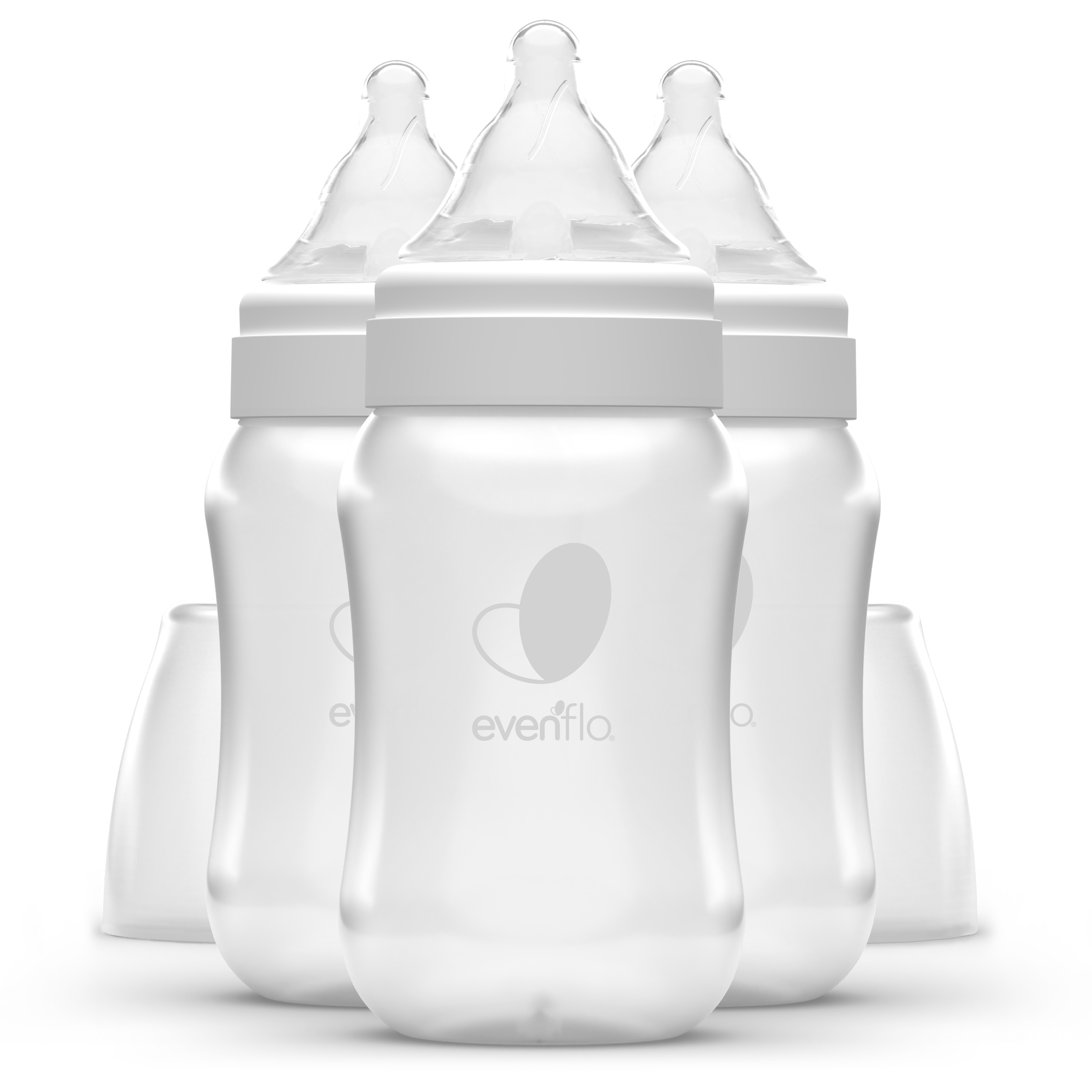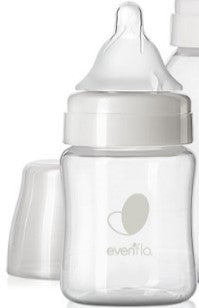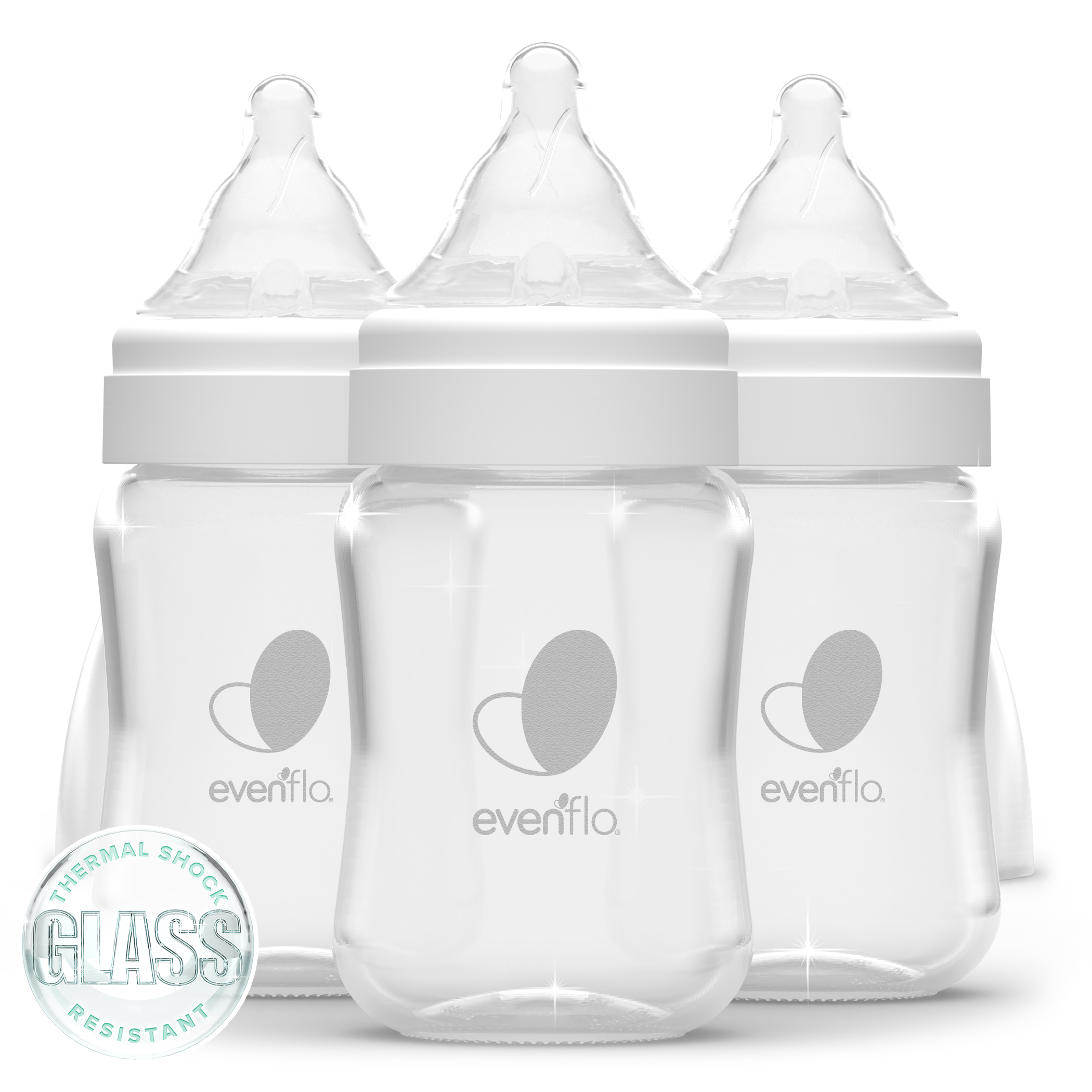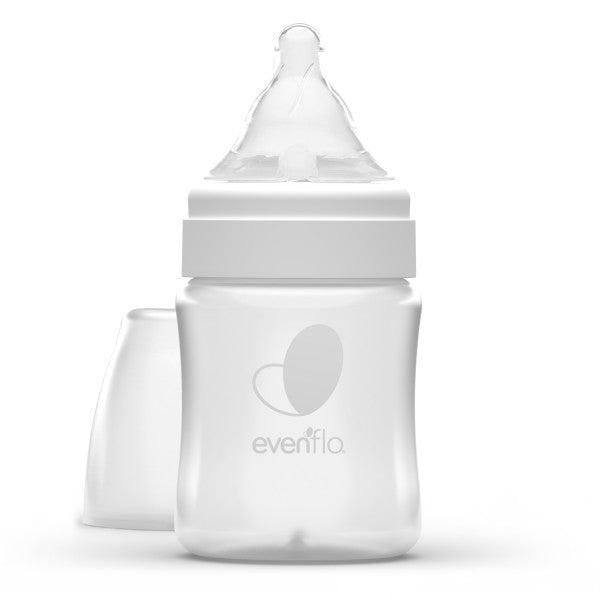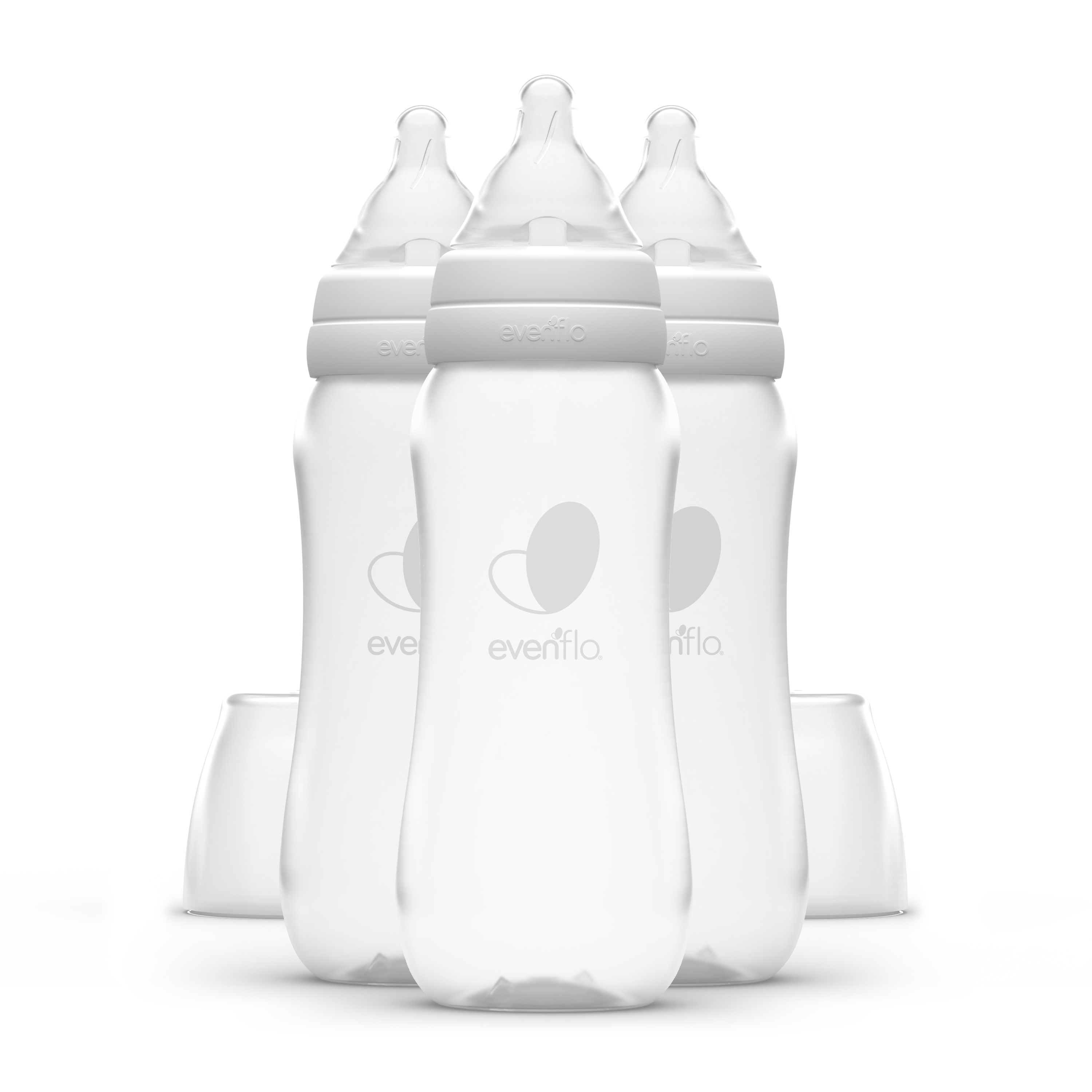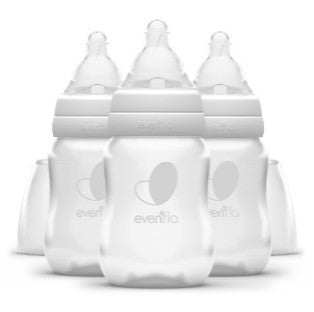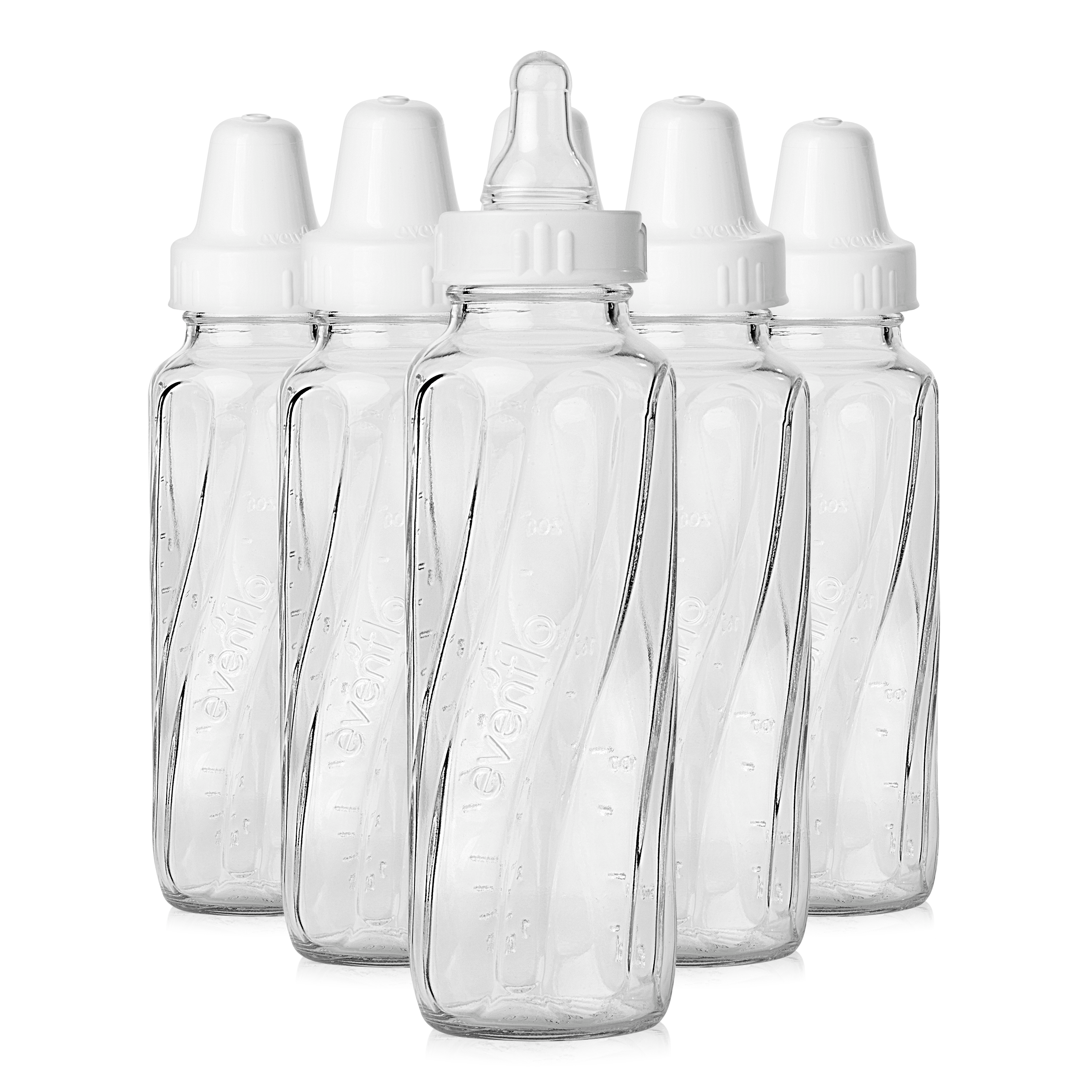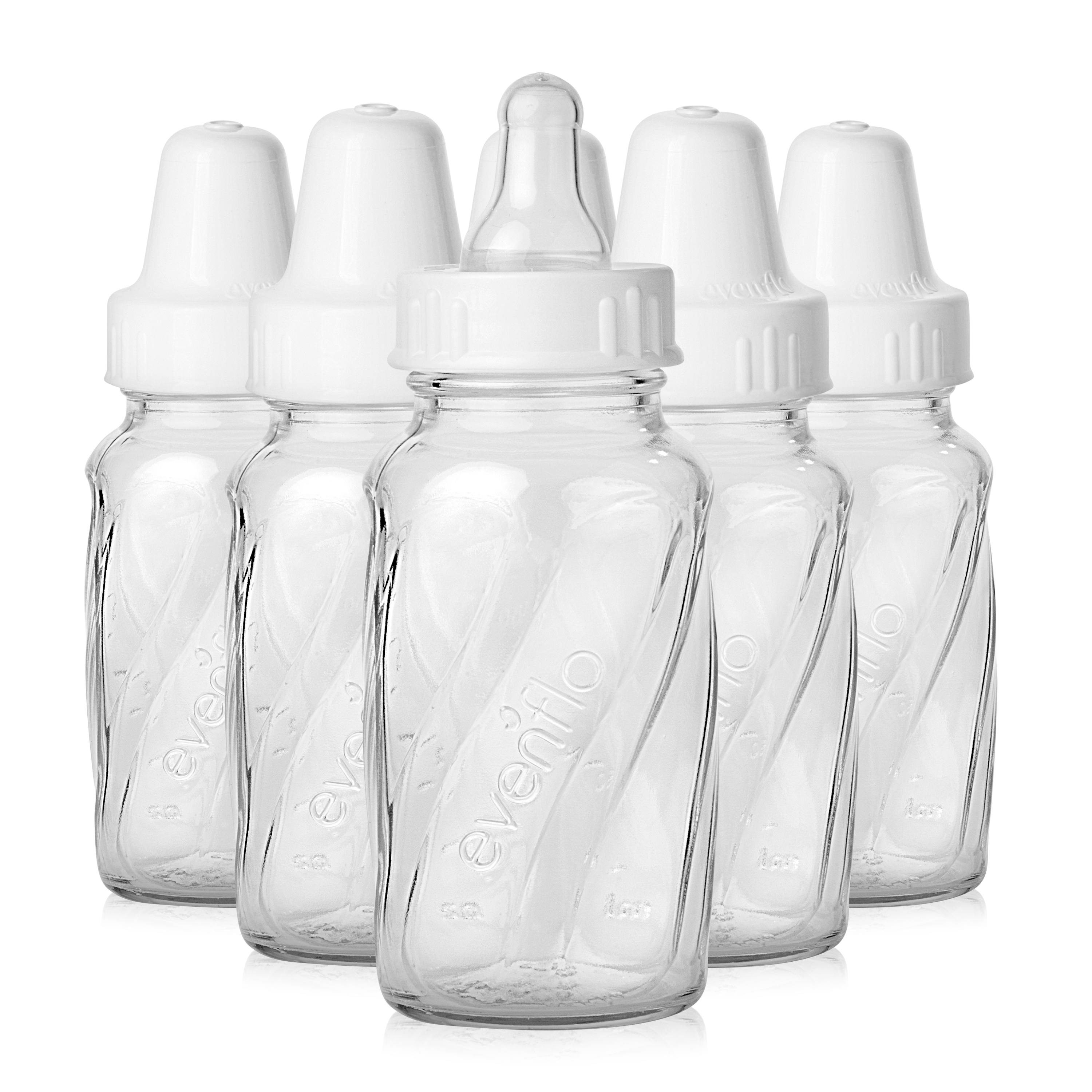
When to Move to the Next Flow of Nipple

There are two common views on the subject of when, or if, a baby needs to move to a faster flow of bottle nipple. One opinion is that the flow rate should never change. Proponents of this view believe that since flow doesn’t change at the breast, it shouldn’t change on the bottle. The other view is that the flow rate should change according to the baby’s age. Most bottle nipple packages are labeled accordingly: 0-3 months, 3-6 months, etc. So which view is correct?
Truth be told: it’s a trick question. Babies are unique, and what works for one baby may not work for another. Some babies start with a slow flow nipple and are content to use this flow rate until they wean. Other babies prefer to start with a medium flow nipple, particularly when the mother has a super-fast milk flow. But the majority of babies will start with a slow flow nipple and move up in flow rate at least once.
Which baby do you have: a baby who never changes nipple flow, a baby who starts with a faster flow, or a baby who starts with slow and moving up in flow? You will know by watching your baby bottle-feed. Your baby will tell you when, or if, s/he is ready to move to the next nipple flow rate by his or her feeding behaviors. Some behaviors are subtle, while others are more obvious. After bottle-feeding has been going well for a couple months (give or take), you may notice that your baby:
- Starts fussing with the bottle
- Unlatches and re-latches throughout the feed
- Collapses the nipple during a feeding
- Acts agitated
- Bites or tugs on the nipple
- Sucks several times before swallowing
- Takes longer to feed than previously
- Leaves milk in the bottle (the amount of milk s/he used to finish)
If you notice any of these behaviors, it’s time to move up in nipple flow rate and see if feedings go back to normal. A few months down the road, if you see the above feeding behaviors again, go ahead and try the next flow rate and see how your baby does.

